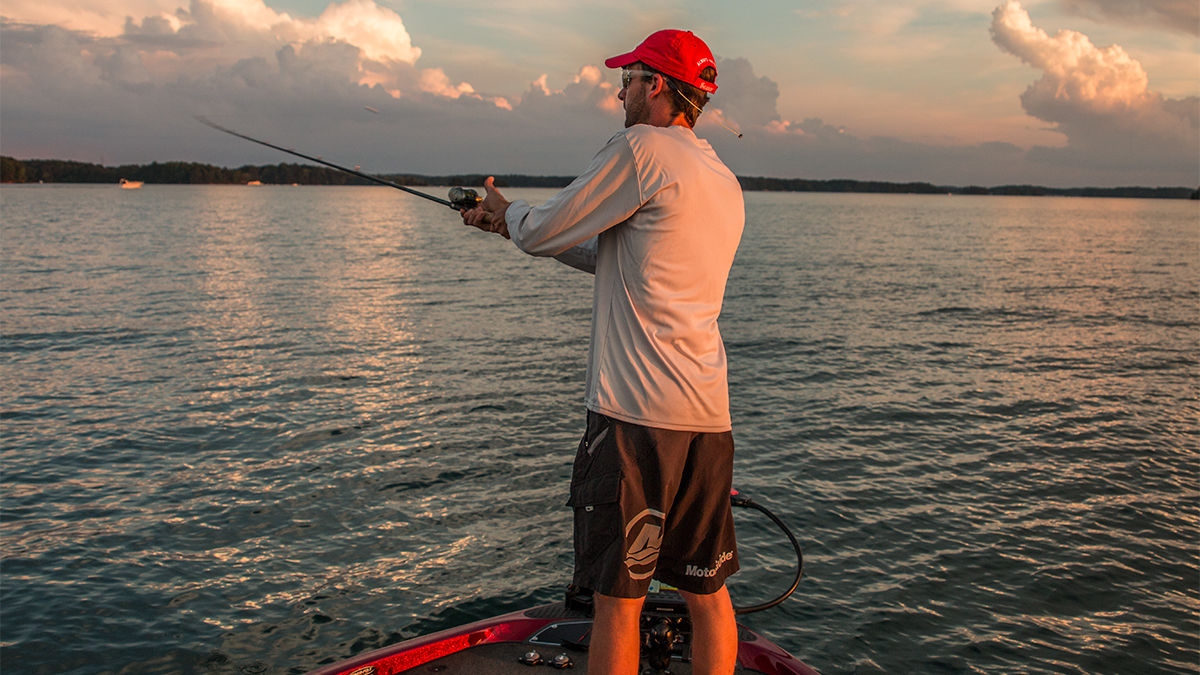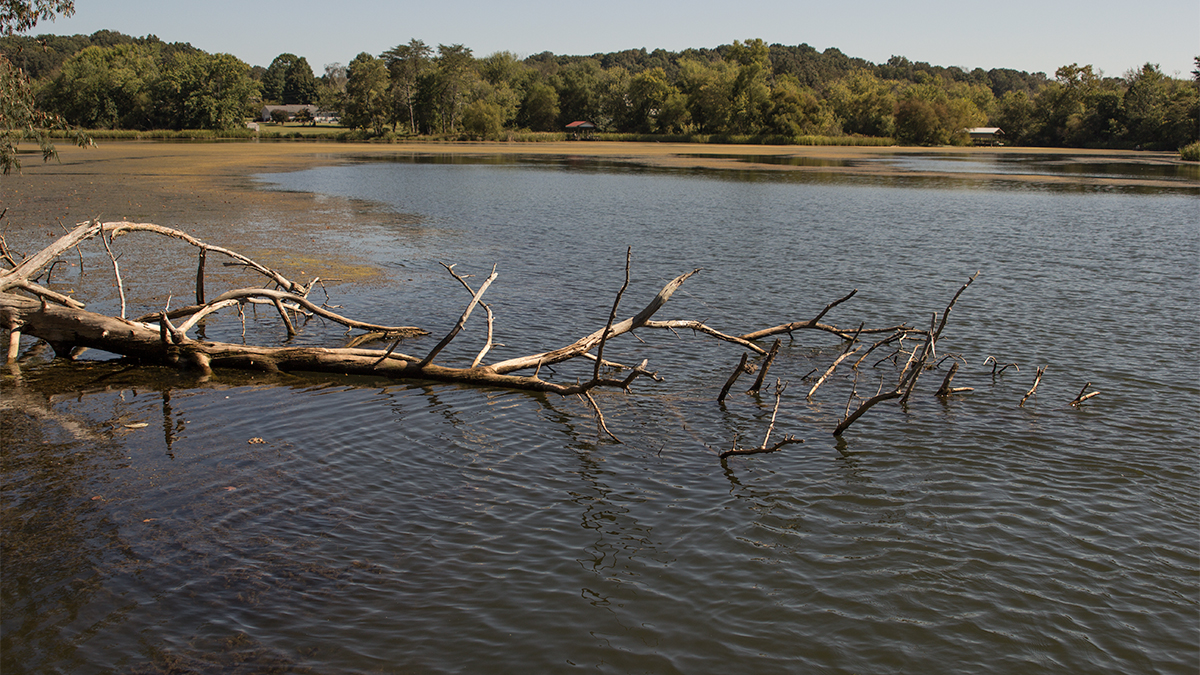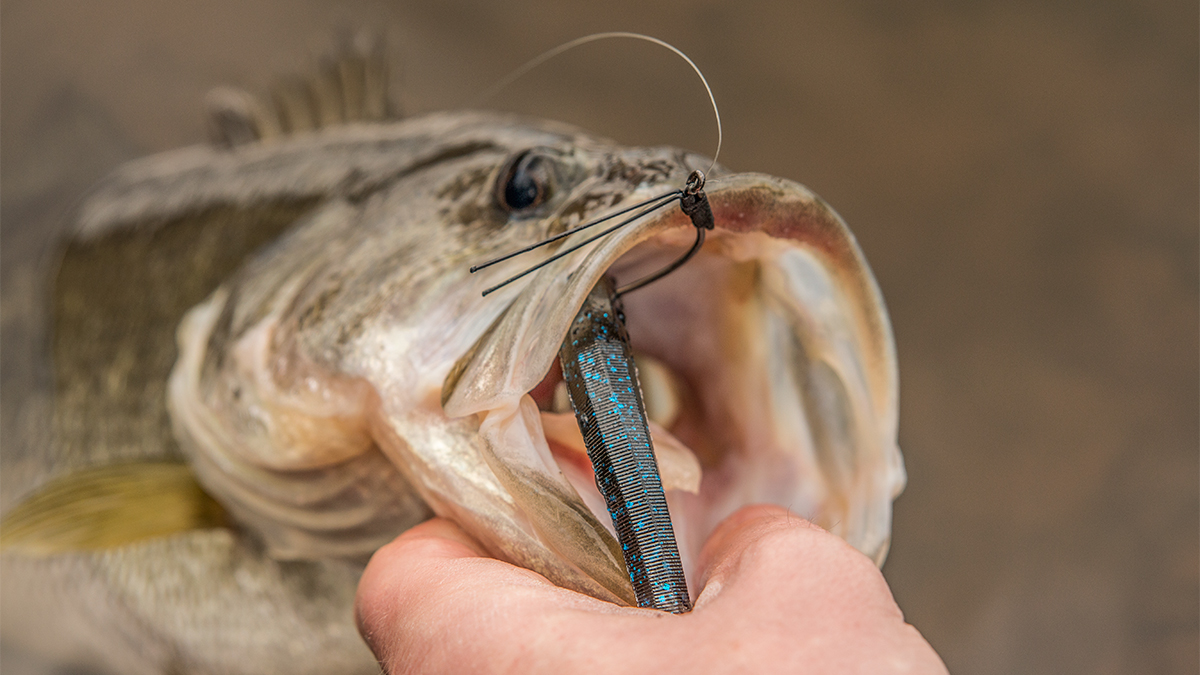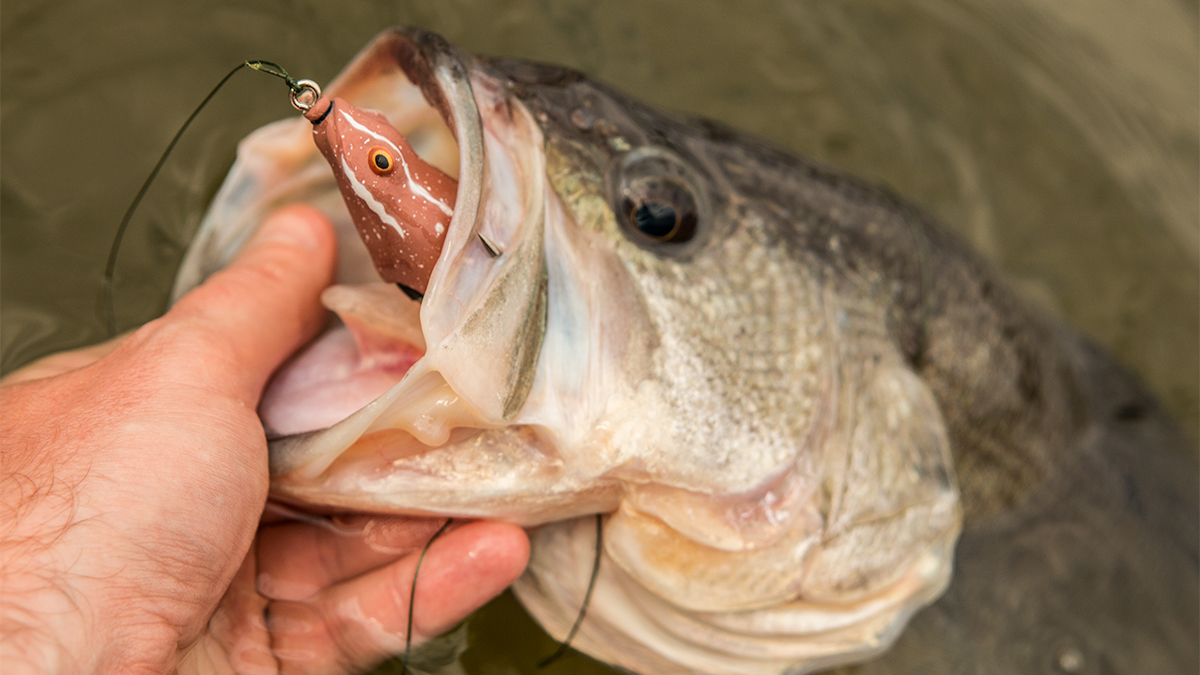Spring bass fishing has arrived in my area and I couldn’t possibly be more thankful. The dogwoods are blooming, the azaleas are putting on their annual show, baseball season is here and most importantly, the big bass are moving towards shallow each and every day. In my mind, there’s nothing better than this time of year. After a wet winter full of overcast skies, I’m so thankful for some beautiful weather.
Several years ago, I made a concerted effort to expand my spring fishing repertoire. I was getting in a bit of a slump and I started doing the same things over and over. I somewhat got married to pitching a lizard and while this time-tested technique worked well, I felt like i was missing out on some other and possibly better bites.
As I began to experiment with other things, my catch rate certainly went up. I’ve had a really solid past few springs and while I’m certainly not claiming these are the only ways to catch spring bass, I wanted to share with you a few things I’ve been doing that have worked well for me. I think if you try ‘em on your local fisheries, you’ll enjoy similar success.

Swimming a worm for finicky bass
I know swimming a worm in grass is a fairly well known technique in certain areas of the country but I don’t think we (myself included) do it enough. You’ll hear a lot about this technique regarding Florida lakes but throughout the rest of the country, I really don’t think a lot of folks do it. And when we finally try it, we have the idea that we have to do it around vegetation.
Sure, that’s a heck of a pattern in some places. But don’t be afraid to swim a worm, such as a Zoom Ultravibe Speed Worm, around hard cover, too. When the water temperature is in the high 50s and low 60s, I love to cast a swimming worm with a 1/16-ounce weight around laydowns, stumps and even dock posts near the mouths of south-facing short pockets. As the bass first begin their shallow migration, they can be a little stubborn for the first few days especially.
With everybody pitching and flipping bottom-contact baits, I’ve found that swimming a worm can be an excellent alternative when the bite is tough. Often times when bass don’t bite well, it’s because they’re suspended in the water column and they simply watch our bottom-contact baits fall right in front of their noses. I’ll cast this swimming worm, however, past the piece of cover and reel it slowly through the top-half of the water column while lightly bumping it into cover in an attempt to appeal to these stingy fish.
It’s important to understand that your bites aren’t likely going to be anywhere near as noticeable as a traditional Texas rig hopped along the bottom. Most often, your swimming worm bites are going to feel like a slight tick or it might even feel like someone cut your line as the bass attacks the worm from behind and creates slack in the retrieve. I guess I would equate it to a small swimbait bite, if I had to choose. So when you feel something “different” throughout your retrieve, reel a bit faster until your rod tip loads up and gets heavy before executing a sweeping, crankbait-like hookset.

Stubborn pitching to ends of laydowns
My eyes were opened to this pattern/technique five years ago when I caught a 13.14-pound bass out of a pond. Of course, this was my personal-best bass and I almost passed out when it happened, but once I calmed down and started evaluating everything after the fact, something clicked in my head and I was able to replicate the same principles on larger fisheries as well. Without boring you with a detailed story, I’ll very quickly tell you what happened.
I wasn’t catching anything that afternoon but my buddy, whose family owns the pond, walked down to talk to me. We were talking about deer hunting and I was mindlessly pitching a Baby Brush Hog to the end of a laydown; I guess it was more casting practice than anything else. I probably pitched that bait to the same exact spot 30 times and that’s no exaggeration. Finally, that big one bit and the fight was on.
Since then, I’ve spent a lot of time in the spring targeting the ends of laydowns. I tend to think that some of the largest female bass don’t always move up into a foot or two of water during the spring; I’ve caught a lot of big spring bass on the ends of laydowns in 6 to 8 feet of water as well. I don’t know if it’s the fishing pressure that gets to ‘em in that shallow water or they just simply prefer the perceived security of adjacent deep water, but I’m telling you, big ones love to get on the ends of laydowns this time of year. If you can find a fallen tree in some type of short pocket near the main lake, you’re in business.
It’s important to note, however, that you’ll rarely catch these bass on the first pitch. If something looks good to you and your gut is telling you it’s a perfect spot for a biggun to be, slow down, take your time and make a bunch of pitches at it. Stubbornness isn’t always a good thing in fishing, but in this particular instance, it can be a huge advantage.

Wacky rigs underneath dock walkways
Heck, I’m not quite sure why spring bass love a dock walkway but they sure enough do; perhaps it’s because they’re often found in shallow water and the walkway provides some overhead cover from airborne predators.
Whatever the reason, you owe it to yourself to rig up a weightless wacky rig on 8-pound line on a medium-action spinning rod. You can skip this rig a country mile with ease, so while keeping your distance from the walkway, skip that sucker into the heaviest shade you can find and just let it fall on a totally slack line. Very lightly twitch it a few times before letting it fall on slack line again and if you don’t get a bite, move on to the next target.
I think some of the top professional anglers such as John Cox and Jacob Wheeler have really opened a lot of folks’ eyes to the effectiveness of this simple rig. It seems like when the shallow bite gets tough in the spring, they’ll still smoke a wacky rig when they’ll hardly touch anything else.
It’s important not to get into robot mode when trying this, however. You won’t often feel a big thump when you get a bite. Instead, you’ll see your slack line twitch or you’ll notice your line swimming to one side or the other. It’s very important to stay focused and pay close attention with this technique.

Frogging for early prespawners
If the water temperature is in the 50s, bass will eat a topwater frog. A lot of folks think it might be too early for a bass to commit to a topwater offering but I’ve seen it with my own two eyes and set the hook on a lot of frog bass in these conditions.
If you’re in an area of the country where the bass might just be starting to move up, don’t be afraid to be the first dude throwing a frog. It might feel a little weird at first but once you get that first giant blow-up from a 6-pounder, you’ll get comfortable pretty dang quick. I like to target dead bank grass when I’m doing this, oddly enough, and I fish really fast. It sounds totally opposite based on what we’ve all been taught about colder water but I think it’s effective because it doesn’t give the bass time to think. They just moved up, they’re getting their bearings and they’re not necessarily looking for food; they have spawning on their minds. But if you can quickly work a frog over their heads without giving them much time to think about it, a lot of times they’ll pounce on it.
Are you going to catch 10 or 15 fish doing this in the early spring? I highly doubt it. But if you’re looking for a few giant bites and a legit possibility of catching your new personal-best bass, I think you really need to give this a shot.
If you’re not having the spring season you hoped for, don’t be afraid to try these four techniques. I’ve enjoyed a lot of success with them over the years and when you hit ‘em right, you can have one of the best days of the entire year.












